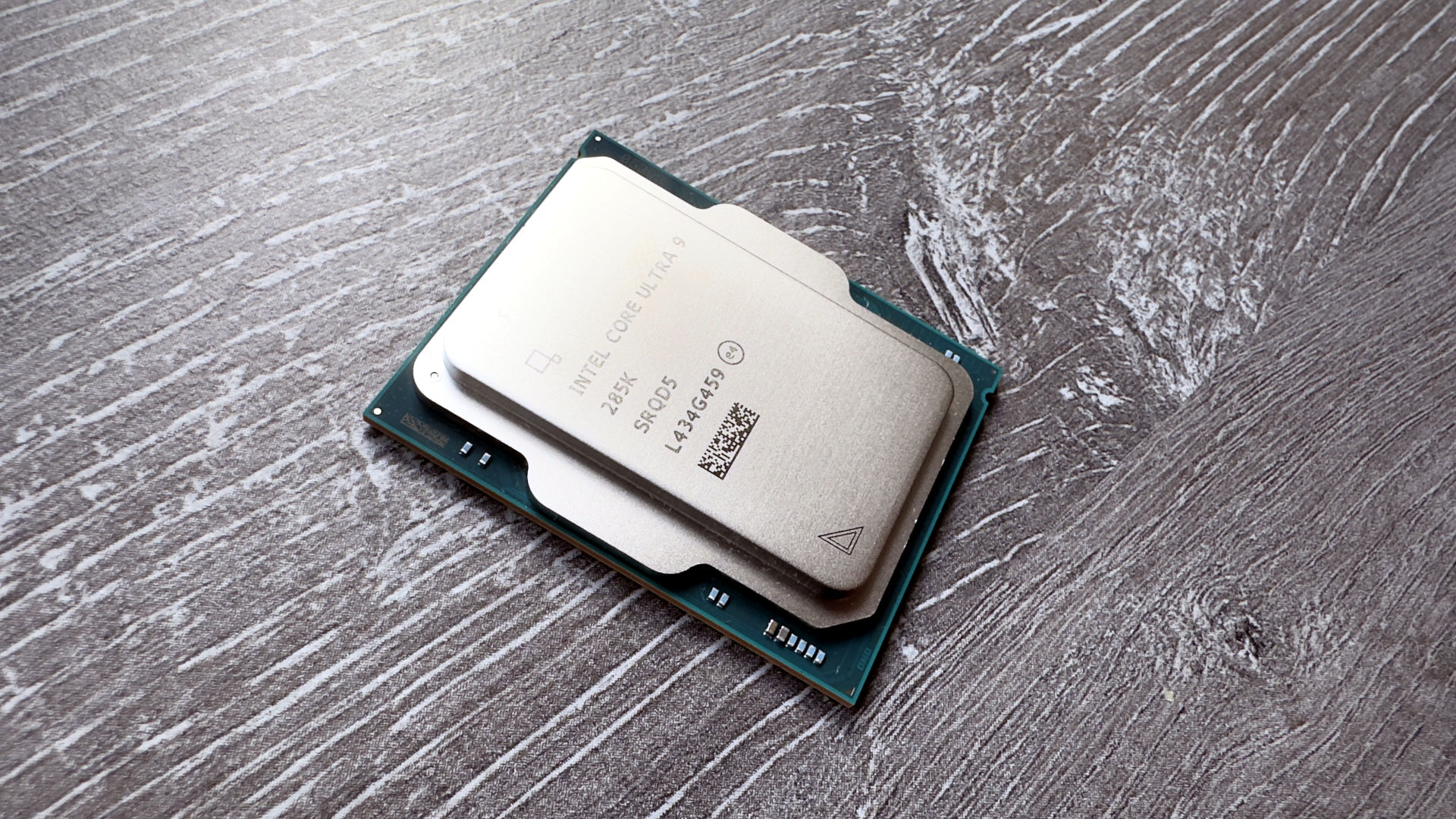
Researchers Propose Major Changes to x86 Instruction Set for Greater CPU Efficiency
A new study suggests that a significant portion of the x86 instruction set could be eliminated and replaced with simpler emulations, potentially enhancing CPU efficiency.
The x86 instruction set architecture (ISA) appears to be firmly entrenched in the market, with calls for alternatives like Arm or RISC-V failing to gain traction. Users still prefer systems powered by Intel and AMD chips running x86 Windows. Researchers are proposing a reform, focusing on the potential to SHRINK the ISA rather than replacing it entirely.
This concept isn’t entirely new; a paper from the International Symposium on Computer Architecture (ISCA) dated back to June 2015 highlights the idea. Only 12 out of over 1,000 mnemonics on contemporary CPUs account for 89% of compiled C/C++ code. The research implies that significant numbers of unused instructions can be removed, while certain rarely used instructions could be emulated in software when needed. This might lead to an improved overall CPU efficiency.
The recommendation suggests that at least 40% of the x86 ISA, after excluding multimedia extensions, could be efficiently emulated without causing significant performance slowdowns.
The researchers aim to introduce SHRINK as a method for recycling instructions by purging unused or infrequently-used ones and reallocating their encodings to more commonly used instructions, leveraging a mechanism to emulate the discarded functionalities when required.
While the x86 architecture’s capacity for versatility continues to be a selling point for Intel and AMD, the inefficient usage of resources remains a concern, prompting the debate around the need for a considerable overhaul of the instruction set for better performance.
